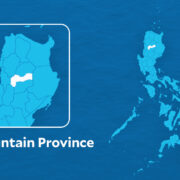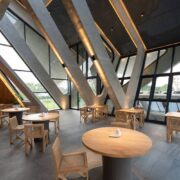The cheesemaker and his burratas
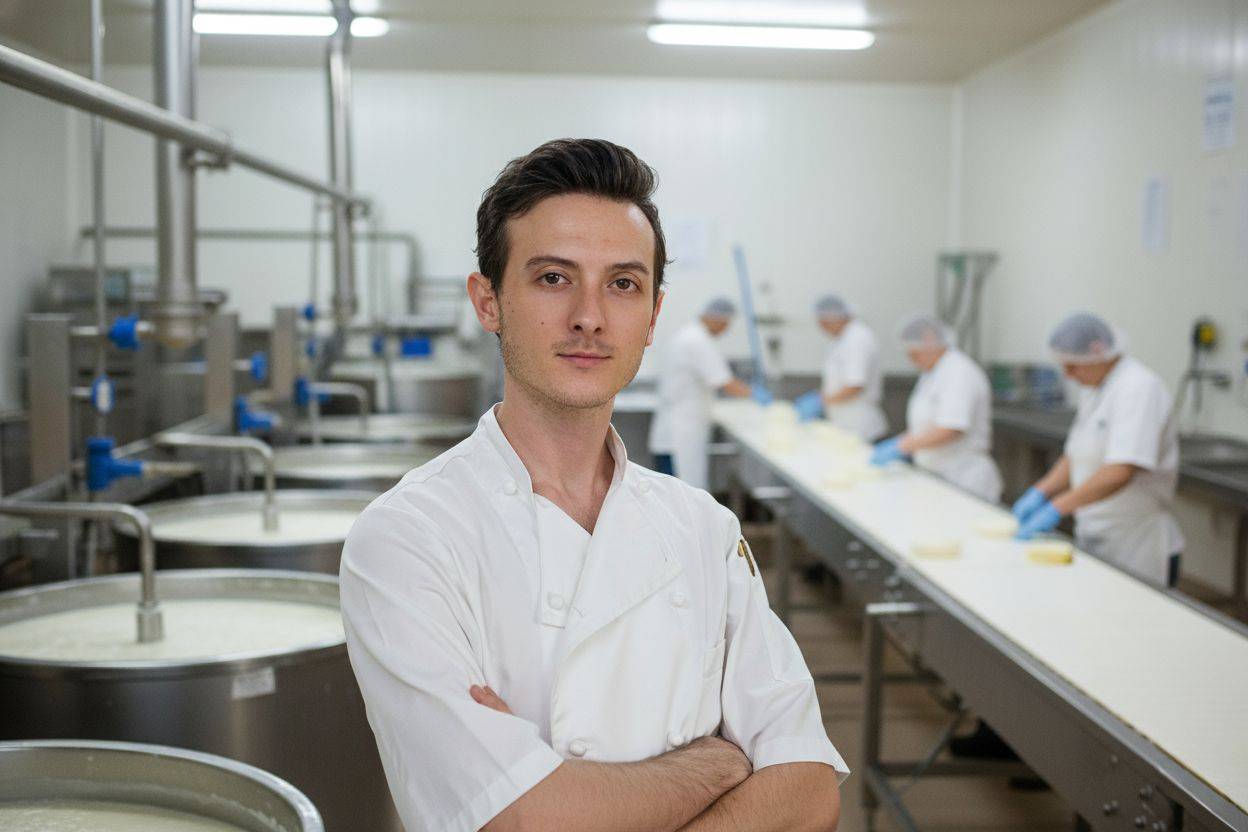
If I recall correctly, Naturasi was the first to introduce locally made burrata, crafted with imported ingredients—a decade ago, to the delight of many. And behind Naturasi’s early success was Ranieri Federico, the company’s first cheese master.
Now retired, Ranieri passed the skill, techniques, and discipline of the craft to his son Joele, who has since taken his place as Naturasi’s current cheese master.
From Italy to the Philippines
The Federicos hail from San Daniele del Friuli, a rural town in Northern Italy known for its prosciutto crudo.
Joele originally came to the Philippines to assist the Filipino and Italian partners at the cheesemaking facility. It was meant to be a short-term assignment, but “there’s something amazing about bringing a piece of home halfway around the world and seeing people enjoy it,” Joele says. “That’s what made me stay.”
A third-generation cheesemaker, Joele often says he was “born into it.” His earliest memories are of watching his father work—the smell of fresh milk at dawn and “the patience it took to wait for something simple to become something extraordinary.”
He began shadowing his father early. “I was around 10 or 11 when I started spending my weekend mornings with him in the dairy—watching, listening, and experimenting on my own.” Following the family craft felt natural, and he eventually pursued formal training, studying “the science behind what I’d grown up seeing.”
His first cheese was a wheel of Montasio, the traditional cheese of his region. He recalls the dedication it required—and the long wait. Montasio takes six months to mature, “and for a young cheesemaker, that wait feels like forever.” When the time finally came to cut it open, his whole family gathered. “It’s one of the most precious memories I have,” Joele says fondly.
Today, Joele specializes in pasta filata, a family of cheeses made using a traditional technique that involves heating and stretching the curd until it becomes smooth and elastic. Mozzarella and burrata are the most familiar examples.
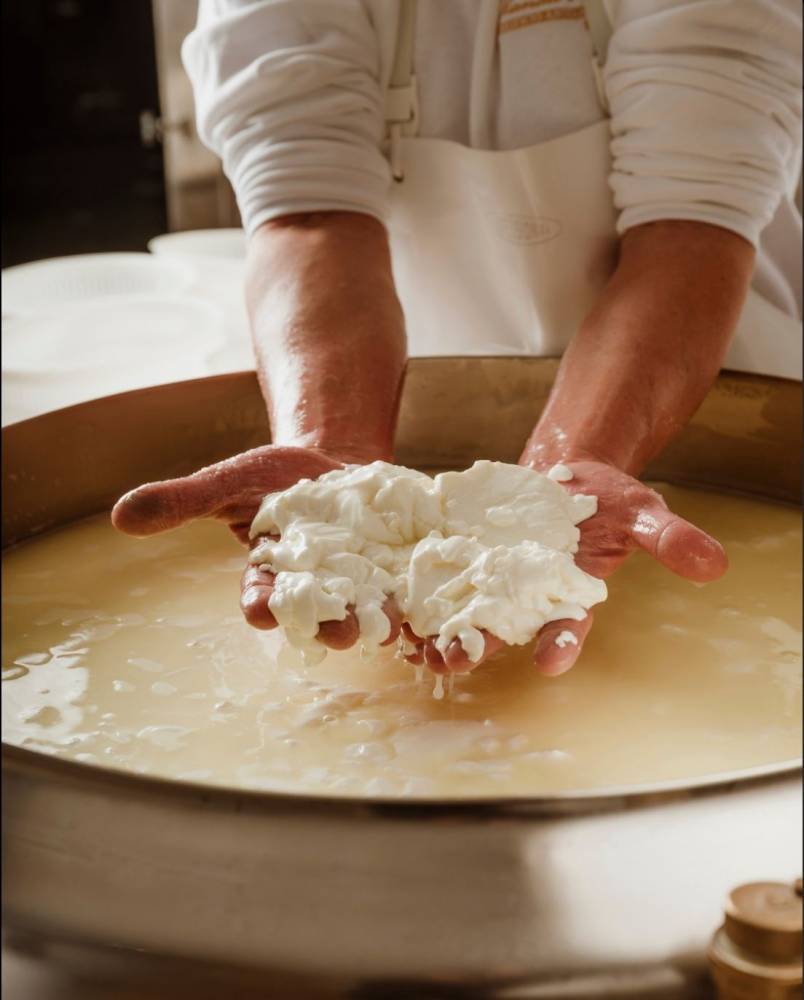
A cheesemaker’s day
He lights up when he talks about stretching the curd. “It took me years to truly master,” he says. You have to read the texture, the temperature, the tension—and it’s all in your hands, “almost like a dance between strength and gentleness.” Watching the curd transform and shine is, for him, when the cheese comes alive.
A cheesemaker’s day begins early—usually before sunrise. “Milk doesn’t wait,” he explains. The first hours are spent checking the milk’s quality, temperature, and acidity, then moving into the quiet, meditative work of heating, curdling, cutting, and stretching, where every movement matters.
Once the cheese is formed, the rest of the day is devoted to tending to it. Every batch is alive and demands constant attention. By late afternoon, Joele turns to cleaning. Everything must be spotless. “In cheesemaking, cleanliness is everything. One small contamination can ruin an entire batch,” he says.
When asked which part of the craft is an art and which is a science, he explains that the science lies in understanding milk—its composition, temperature, acidity, and how bacteria and enzymes behave. “If you don’t start from that, nothing works.”
The art, he says, is in the hands—“in how you feel the curd, how you sense when it’s ready to stretch or rest.” No machine or formula can teach that. It’s learned through experience, mistakes, and instinct.
Cheesy as it sounds…
For Joele, tradition remains his compass. “The techniques I use were passed down from my father and grandfather, and that’s still my foundation.” Modern tools help with consistency and hygiene, but they can’t replace “the touch, the instinct, the understanding of the milk.” Technology, he says, “can support the process—but tradition is what guides it.” He still listens to the milk, respects the process, and never rushes it.
Burrata, he admits, is the most challenging cheese to make. It is delicate, and each step must be precise. “Burrata doesn’t forgive,” he says. If the milk is slightly off or your hands move too slowly, it shows.
The biggest struggle for any cheesemaker is accepting the unpredictability. Milk changes with the seasons, the weather, and even what cows eat. This is why patience and adaptability are essential. And what keeps him inspired is that no two days are the same. “Every batch teaches you something new. And when you finally taste a cheese that came out just right… It reminds you of why you do it. It’s simple, but deeply satisfying.”
Joele and Naturasi have entered a new phase. In limited quantities, they now churn specialty butters—garlic butter, rosemary butter, and ghee—with cheddar cheese coming soon.
Order your cheeses by contacting Naturasi on Instagram @burrata.mnl or via SMS at +63 915 340 0767. It’s also available at Joel’s Place
Joele’s recommendations
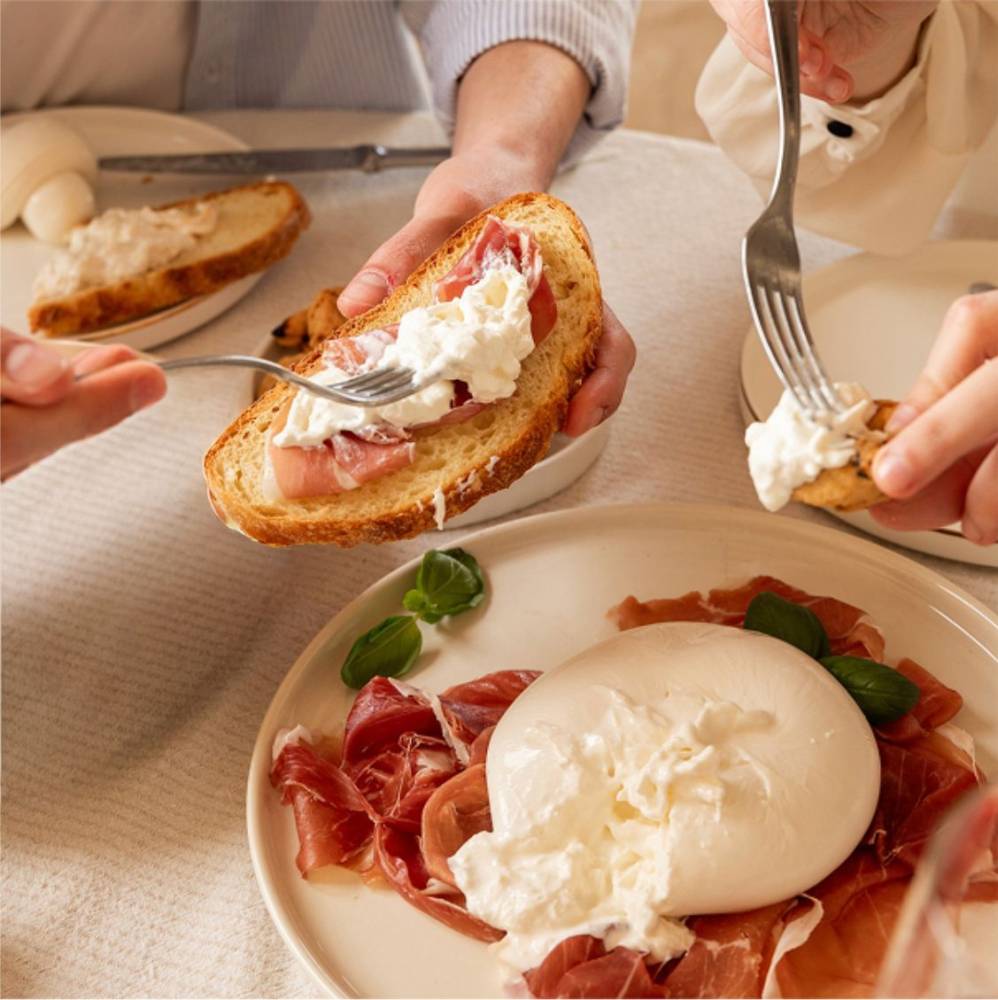
Burrata pasta
One of his favorite ways to use burrata is spaghetti with burrata and crispy bacon.
Cook spaghetti al dente, crisp bacon, and blend fresh burrata with a little cream, salt, and pepper until silky. Toss the hot pasta with the bacon and some rendered fat—off the heat. Gently fold in the burrata cream so it stays smooth. Serve with extra burrata, olive oil, and black pepper.
How to make ricotta cheese
For home cooks who wish to try cheesemaking, Joele suggests starting with ricotta.
Heat 1 liter of whole milk (never UHT) until just before boiling, then turn off the heat and stir in 2 tablespoons of white vinegar or lemon juice. Let it rest for 10 minutes until the curds form, then scoop into a cheesecloth-lined strainer and drain for 20 to 30 minutes. Season lightly with salt.
The result is fresh ricotta—soft, milky, and delicate. Enjoy it on bread, mixed into pasta, or with a drizzle of honey. Best served fresh, but it keeps for two to three days.











